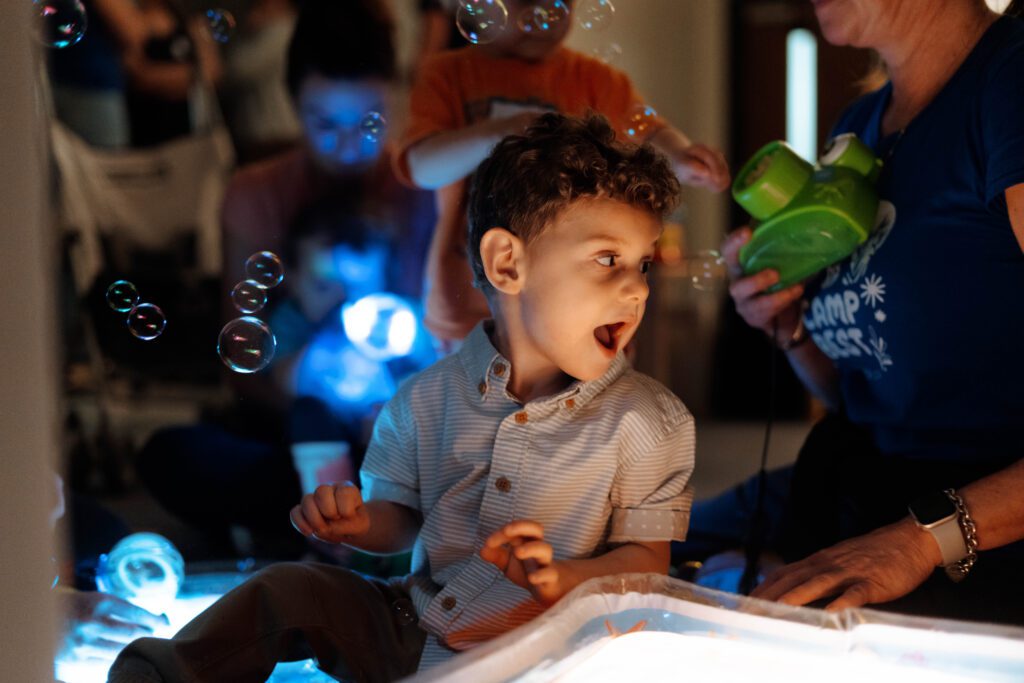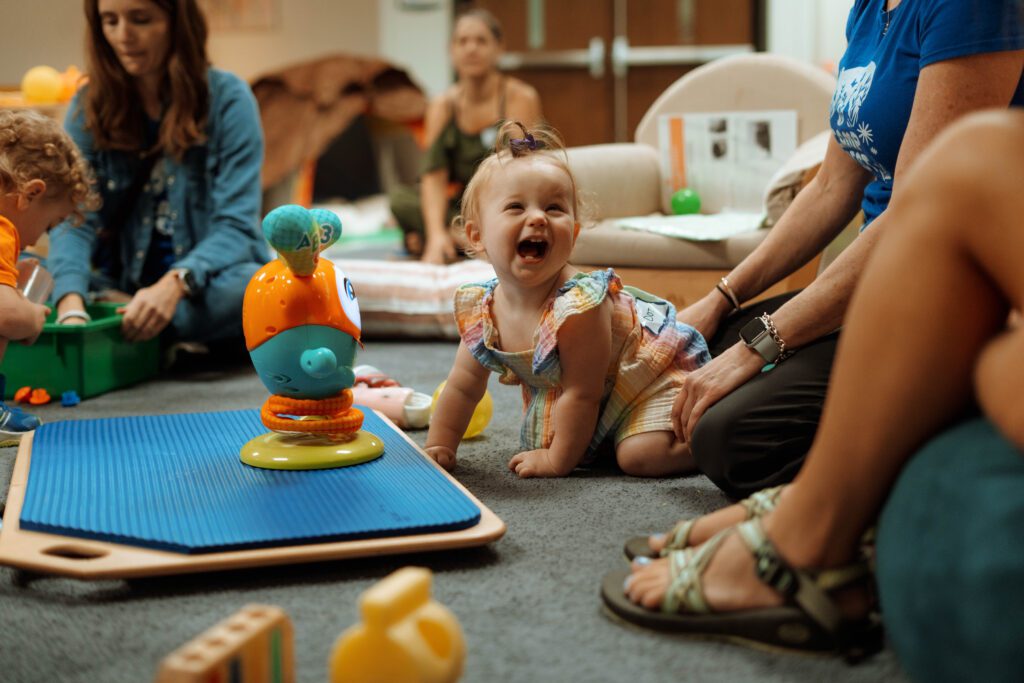Armed with a determination to improve the accessibility of early intervention services for blind children, two mothers came together and formed Blind Early Services of Tennessee in 2020.

Helen Keller once said, “when we do the best we can, we never know what miracle is wrought in our life, or in the life of another.”
That quote is the driving force behind Blind Early Services of Tennessee, or BEST.
Alison Clougherty and Stacy Cornwall live in the Nashville area, and each have boys who developed visual impairments at birth.
Clougherty’s son, Finn, was born in 2017. Before leaving the hospital, doctors noticed something was wrong with his eyes.
Following numerous MRI’s, blood tests, surgeries and doctor visits in multiple states, it was discovered that both his retinas were completely detached.
Born in 2016, Cornwall’s youngest son Nathaniel appeared to be healthy at first. That changed three months later, when Stacy began seeing symptoms that at first appeared unrelated: a bulging fontanelle, nystagmus and strabismus in his eyes.
Nathaniel also had breathing difficulties, extremely slow weight gain and a hemangioma, a type of growth that appears as red or purple lumps on the skin.
Several months later, doctors found Nathaniel’s bone marrow was failing and could eventually cause total blindness or even death by age two. There was a cure, but it involved chemotherapy and a bone marrow transplant, which he received in January 2017.
On top of the usual adjustment process that comes with being new mothers, Clougherty and Cornwall searched for early development services for their sons. They quickly discovered, however, that there were few specially trained professionals to help infants with visual impairments.
The two women were put in touch with each other by a teacher for the visually impaired from the Tennessee School for the Blind. Armed with a determination to improve the accessibility of early intervention services for blind children, they formed Blind Early Services of Tennessee in 2020.
“What was so frustrating was knowing that these were services that we had a legal right to,” explained Clougherty, who became a certified TVI and serves as BEST’s executive director of programs and development. “But during a time when we’re very emotionally and physically spent, we still have to advocate for those services.”
As a nonprofit, BEST offers a home-based early intervention program called BEST Start, along with parent support, advocacy empowerment, an early intervention screening program and professional training. The organization has a combination of paid full-time, part-time and contract staff. Funding is provided through grants and contracts with the state of Tennessee’s early intervention system.
On average, BEST currently serves 250 Tennessee families of blind and visually impaired children. Most are referred by the state, but others come through pediatricians, eye doctors and therapists. Early intervention is provided for children from infancy to age five, and a referral form can be found on the BEST website.
“The criteria for qualifying is a little more broad than once you enter the school system,” said Cornwall, who is BEST’s executive director of operations. “We do have the ability, if the provider deems it necessary, to follow a child who is at risk and serve a broader range of children early on.”
Since founding BEST, Clougherty and Cornwall have wanted to create an inclusive environment where children can learn together. Based on this philosophy, they piloted a summer camp program that mirrored a typical pre-school setting.
“The focus (is) on fun, very much play-based. We had this big dream of how we could realize that (concept) now within our means, test out this idea, see if it’s even something families want.”
–Stacy Cornwall
The women were put in touch with Foreseeable Future Foundation CEO Griffin Pinkow through one of BEST’s contracted TVI’s, shortly after Pinkow moved to Nashville. There was immediate collaboration on putting a summer camp in place, and BEST received a foundation grant to hold the first one this past summer. Pinkow now serves on BEST’s Board of Directors.

The camp took place at First Presbyterian Church in Nashville July 22-26, 2024. About 12 children participated, with the families of infants and toddlers staying with their child while kids ages three to five were dropped off.
Parents were allowed to sign their children up for as many days during the week as they wished. Infants and toddlers spent half a day at the camp, with the older children participating the full day.
Since young children are all about routine, the camp staff tried to keep activities as consistent as possible with some variation. The camp was set up into different stations focusing on sensory, orientation and mobility tasks and literacy. The week-long theme centered around going on a bear hunt and was integrated within each activity.
“It would start with reading a story each day, it might have a sound component added. We had tactile boards we would pass around that showcased or highlighted different aspects of the story, like walking through squishy mud.”
–Stacy Cornwall
A music therapist was brought in to demonstrate music therapy. There was also a goalball demo. Even though it was hot during the day, the campers still took part in a few outdoor activities including water play.
Since the Foreseeable Future grant covered the cost of facilities and supplies, the camp was free to all participants. The feedback Clougherty and Cornwall received was overwhelmingly positive.
“They all want us to do it again, and we hope to.”
–Alison Clougherty
Clougherty and Cornwall hope to become even more inclusive by joining together with the church’s sighted campers. One of the most satisfying aspects of BEST, according to Cornwall, is knowing families can reach out and receive early intervention a lot sooner than before the organization was established.
“A lot of our families realize that our experience is very different than what their experience is now, and have expressed gratitude for that. Knowing that barrier is at least lower is gratifying for me.”
